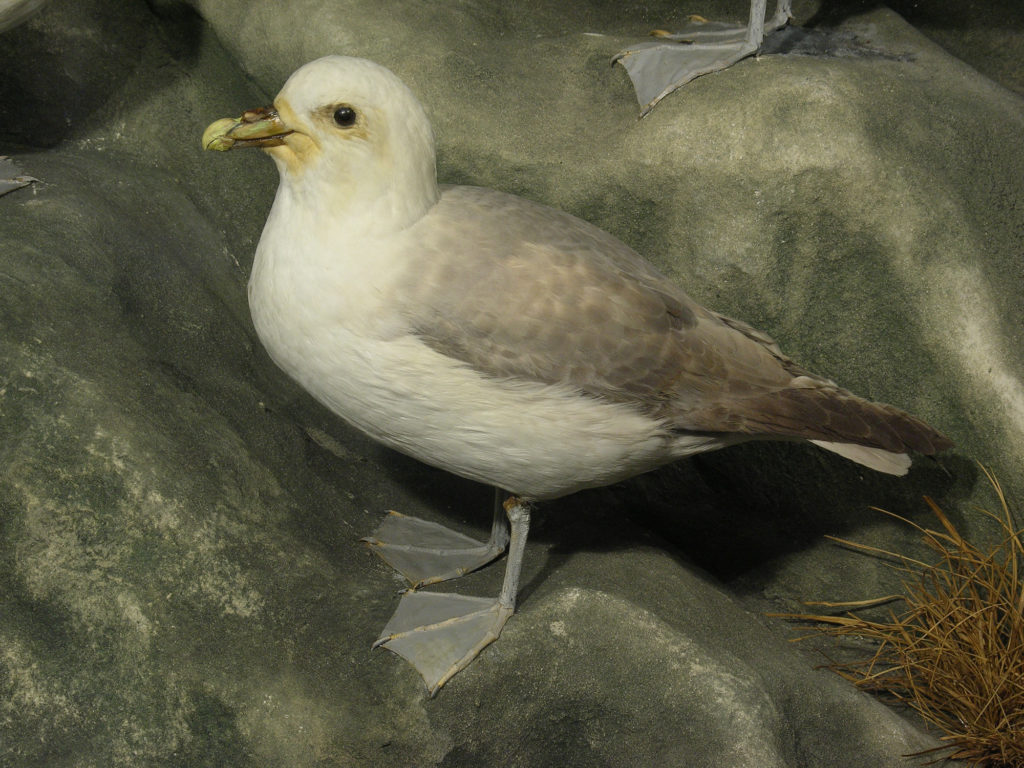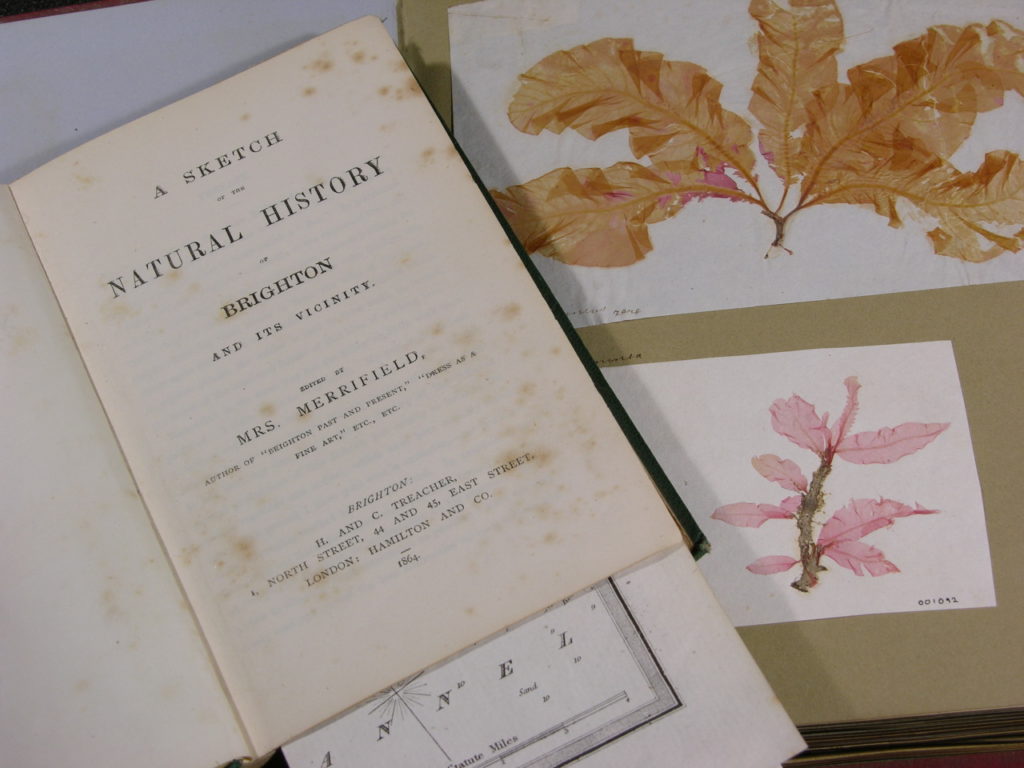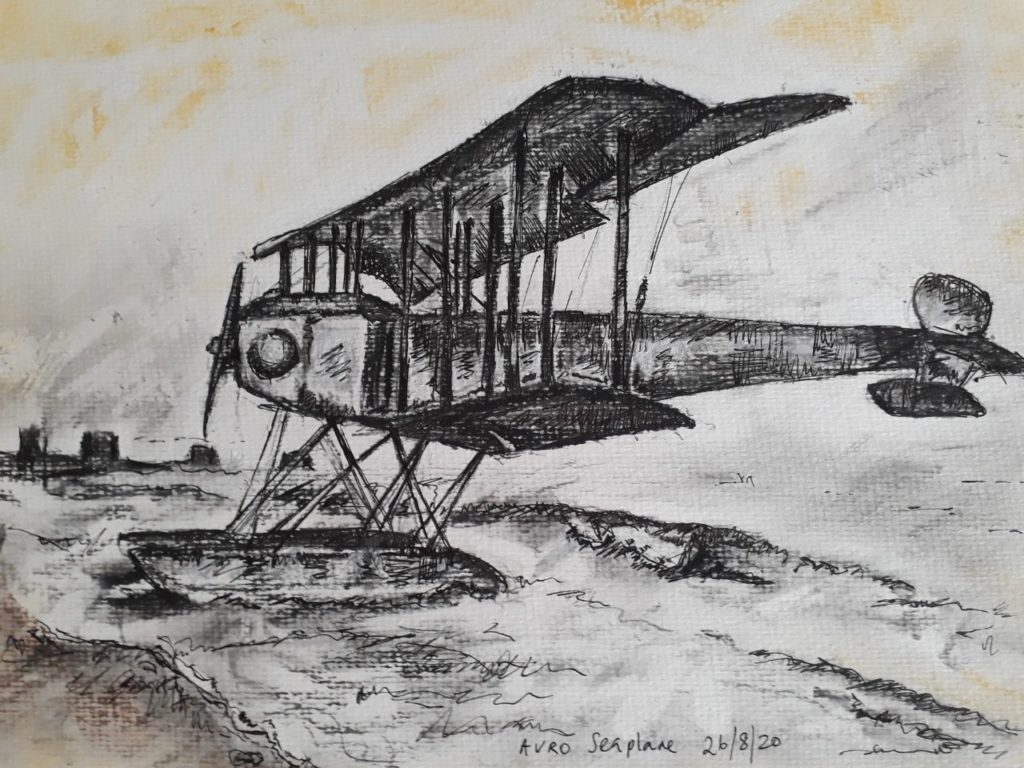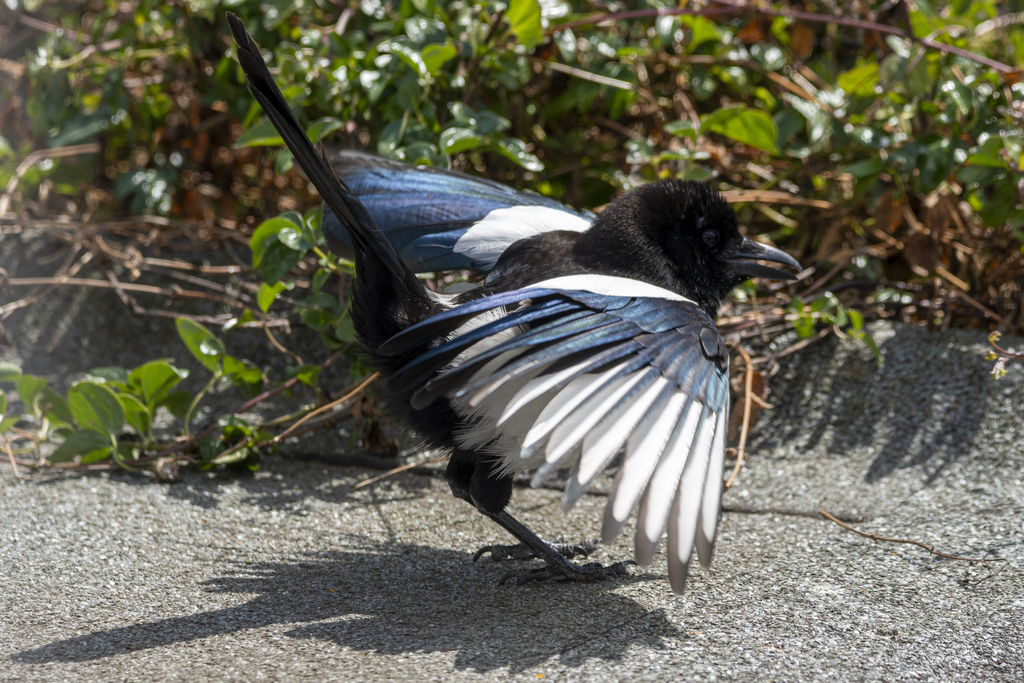
This is a legacy story from an earlier version of our website. It may contain some formatting issues and broken links.
Continuing this weeks Heritage Open Days theme of Hidden Nature, we take a look at some of the hidden flowers among the Royal Pavilion wallpaper.
During Covid-lockdown the Royal Pavilion team of conservators and curators worked hard on rehanging the Chinese wallpaper in Queen Victoria’s Bedroom and redecorating the Ante-Room. The glorious yellow-ground paper (the yellow now faded to a mellow sand colour), populated with exotic birds, plants and insects, once again turns the walls of the Queen’s bedroom to windows into another, far away world.

Before the furniture was reassembled, I managed to have a good look at the flora and fauna depicted on the wallpaper. At the same time I began cataloguing dozens of watercolours of the plants in the Royal Pavilion Gardens, created in the early 2000s by artist and former Head of Conservation Mike Jones. They were published in his meticulously researched book about the gardens, Set for a King (2005). The book includes a timeline of plants that flower and change colour through the year, illustrated with his watercolours, which now form part of the Royal Pavilion Archive. Over the coming months I am aiming to match his drawings to the actual plants in the gardens. But some of them can also be found inside the Royal Pavilion.

 Around the time Chinese wallpaper was in high fashion in the West, many new plants and seeds were being imported from the Americas and Asia, especially China. This was no easy task. The journey from China by ship would take at least four months, during which the plants, seeds and bulbs had to be kept in the right conditions. Special miniature greenhouses were made to protect plants on their long journey. This one was drawn by Mike.
Around the time Chinese wallpaper was in high fashion in the West, many new plants and seeds were being imported from the Americas and Asia, especially China. This was no easy task. The journey from China by ship would take at least four months, during which the plants, seeds and bulbs had to be kept in the right conditions. Special miniature greenhouses were made to protect plants on their long journey. This one was drawn by Mike.

In George IV’s lifetime many newly arrived Chinese plants were being successfully propagated at Kew Gardens. By 1813 the Royal Gardener at Kew, William Townsend Aiton, recorded a total of 120 species that had recently been introduced from China. In the same year Aiton planted the garden at Carlton House for the Prince Regent. Two years later the Brighton gardener John Furner met with the architect John Nash and Aiton in London to discuss the new planting of the Pavilion gardens, which included many of the newly imported and propagated Chinese plants.
Many of them could be found in the Pavilion gardens in the early nineteenth century, for example the Hydrangea, now common in British gardens, but first brought to Kew only in 1789. Others are autumn-flowering chrysanthemums (1795), the tree peony (Paeonia suffruticosa, 1787) and several types of camellia (mid to late 18th century), while the Chinese Lantern (Physalis alkekengi) had been known in Britain since the 16th century (and can now be bought as exotic fruit in British supermarkets).

It is perhaps not surprising that several of these can also be spotted on the Chinese wallpaper in Queen Victoria’s bedroom. Imagine Her Majesty seeing peonies or oriental poppies on her bedroom walls when she first opened her eyes in the morning, and later spotting the same flowers in her garden. I now have the very enviable task of cataloguing the flower power of Mike Jones’s gorgeous watercolours and matching them with the Pavilion’s interior exotic flora. Here is the first example. As access to the workspaces and equipment is still restricted because of Covid-19, excuse the snapshot style of some of the photographs.
Peony – The King of Flowers
Along with silvery bamboo, peonies are the most commonly represented plants/flowers on Chinese wallpaper. Peonies appear in the form of shrubs and spindly trees, and come in a wide range of strong colours, which surely must have appealed to both the creators of the papers in China and the consumers in the West. The peony is also a deeply symbolic flower in Asia. Known as ‘the King of Flowers’, the tree peony (牡丹 mudan) in particular represents power, wealth, beauty, and is often associated with the Imperial family. One wonders whether George IV or Queen Victoria were aware of this symbolism. As all flora and fauna on Chinese wallpaper and ceramics is to some degree stylised, it is not always easy to identify peonies, or distinguish them from roses. Here are some great examples of pink and lilac peonies from our Chinese wallpaper in Victoria’s bedroom, and some of Mike’s watercolours of deep red ones (Peonia officinales ‘Rubra Plena’ and Peonia officinales mascula), both in bud and opened. The flower can be seen in the Pavilion gardens in high summer.

A peony on the Chinese wallpaper in Queen Victoria’s Bedroom in the Royal Pavilion, c.1800

A pair of peonies on the Chinese wallpaper in Queen Victoria’s Bedroom in the Royal Pavilion, c.1800

Scarlet peonies in bud and opened, painted by Mike Jones in 2002

A deep red peony in the Pavilion Gardens
Discover more
- Visit the Heritage Open Days website to learn more about England’s largest festival of history and culture, 11 – 20 September.
- Read more of our Heritage Open Days posts
- You can find more information on the Chinese wallpaper from an earlier post The Royal Pavilion: Strolls in exotic gardens
- Find our about the Conservation and Restoration Work in Queen Victoria’s Apartment
Alexandra Loske, Curator (Royal Pavilion Archives)
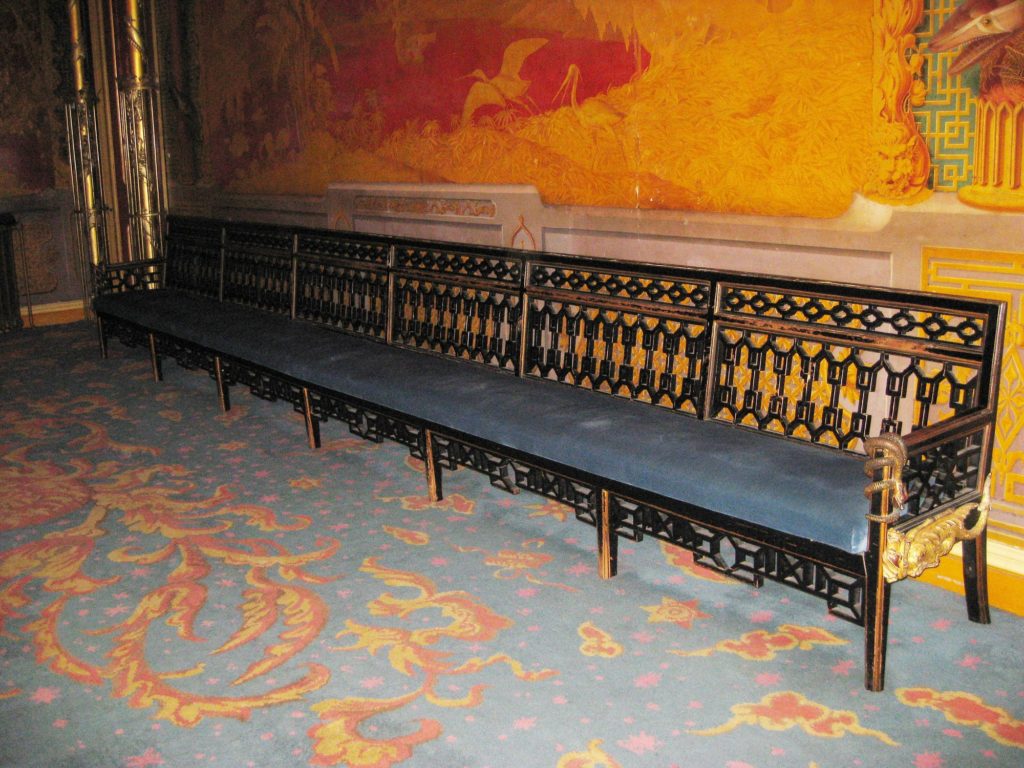









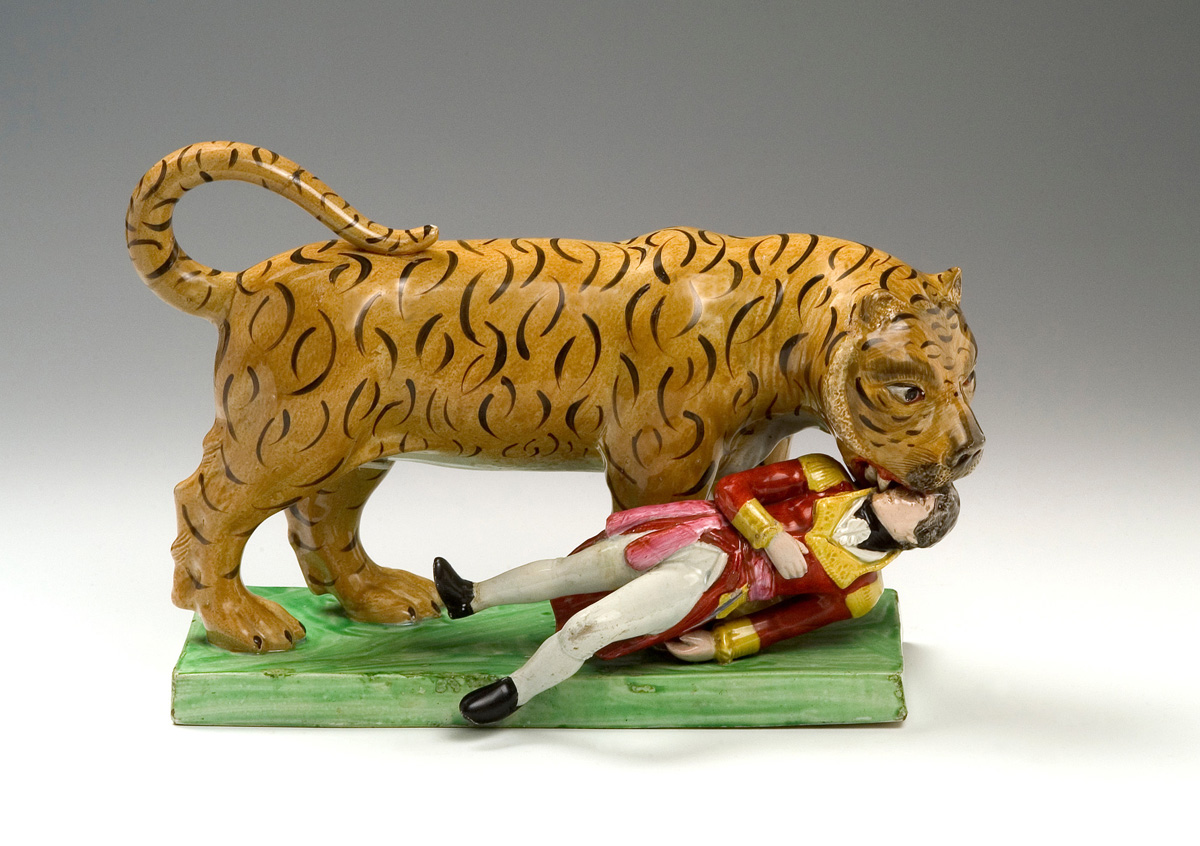

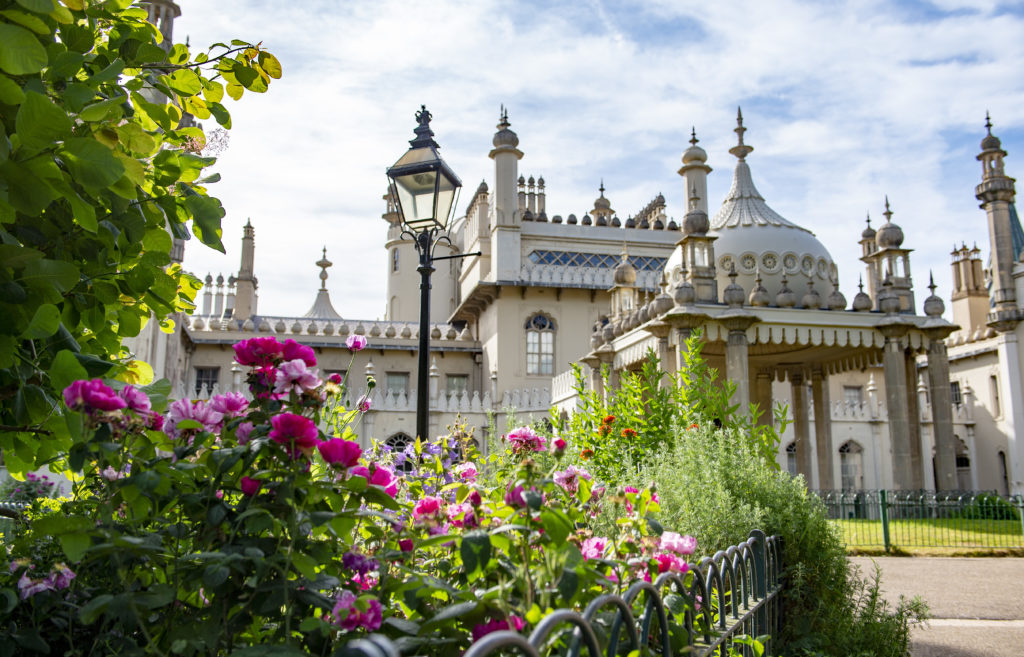


 The
The

 Meet Queer the Pier Community Curators
Meet Queer the Pier Community Curators